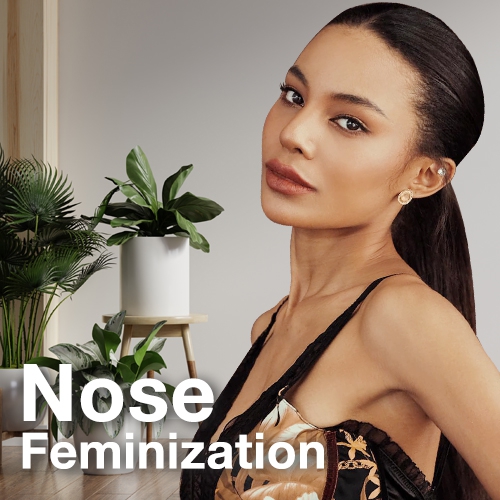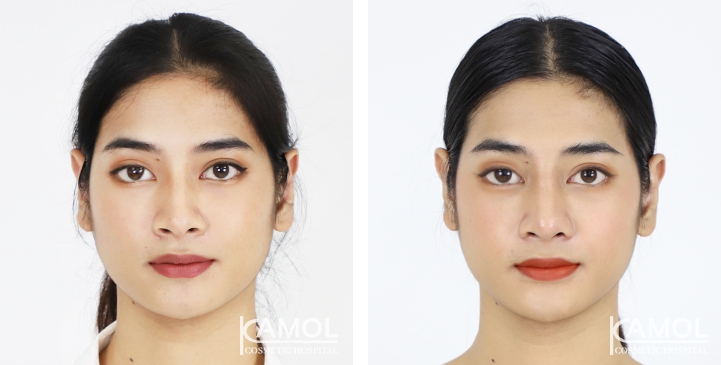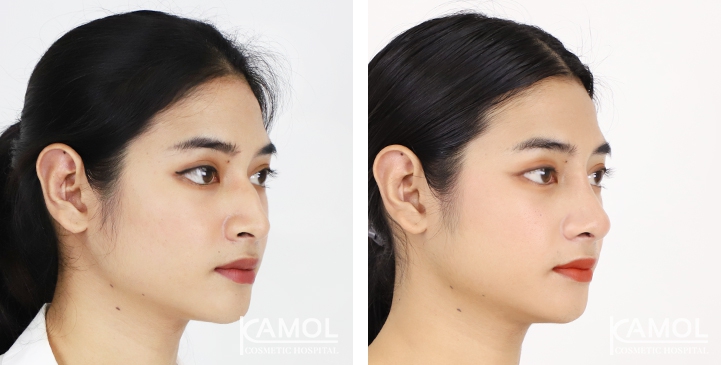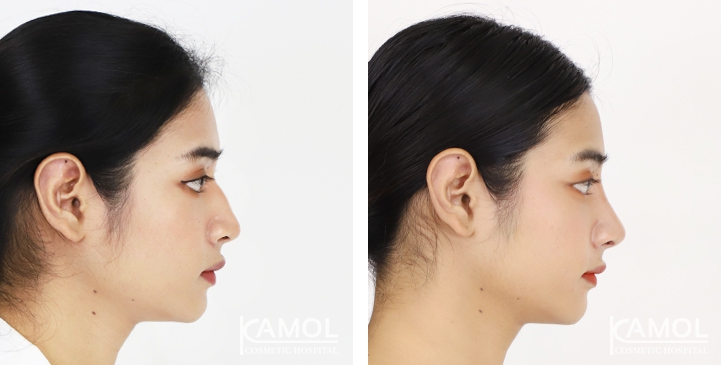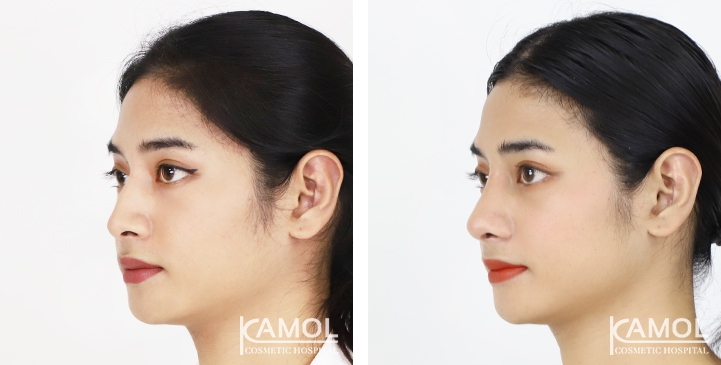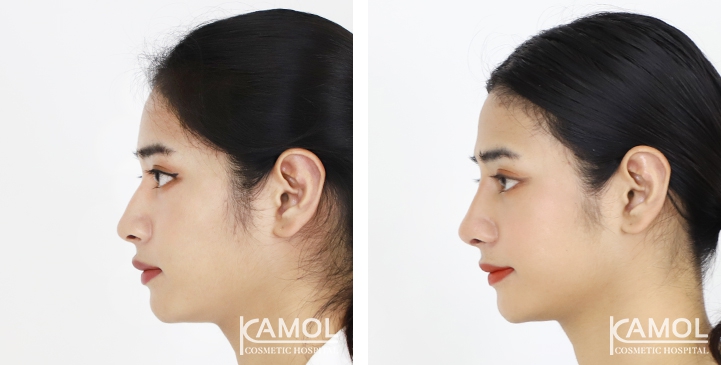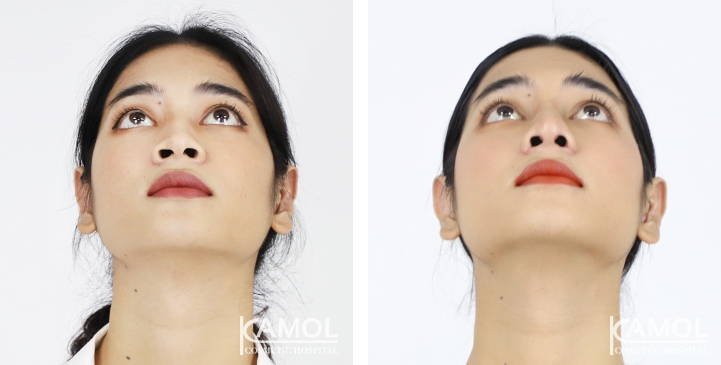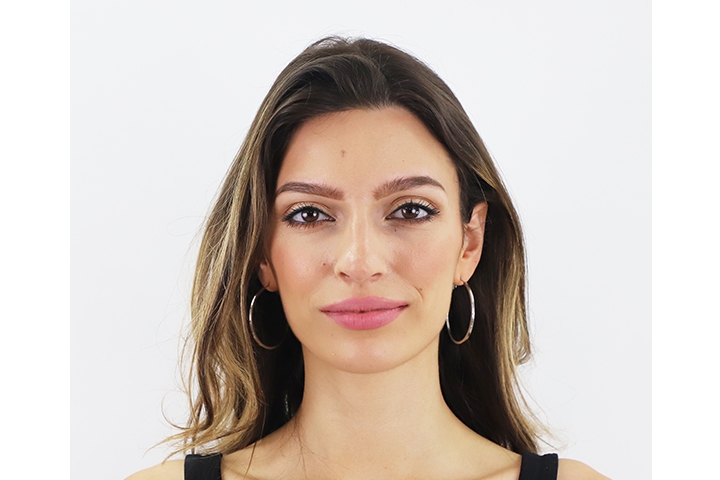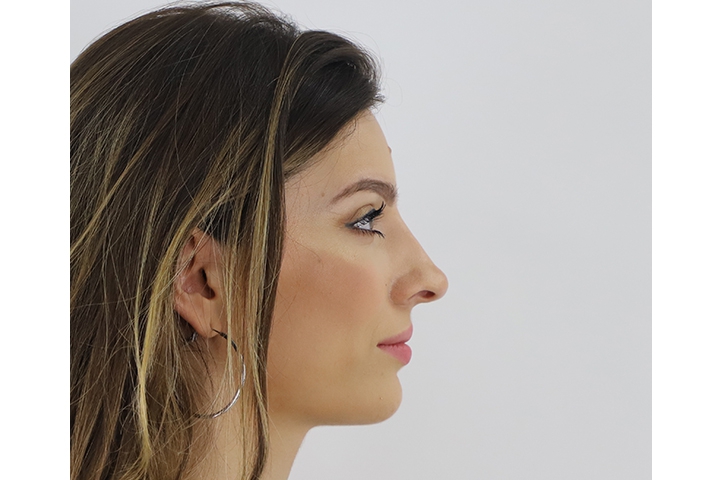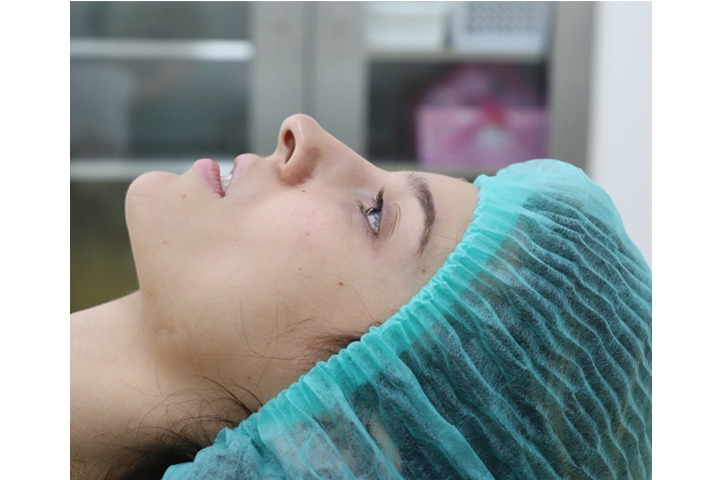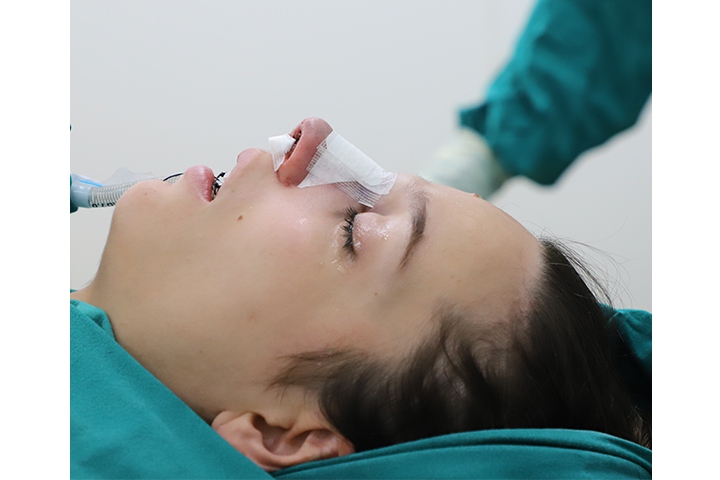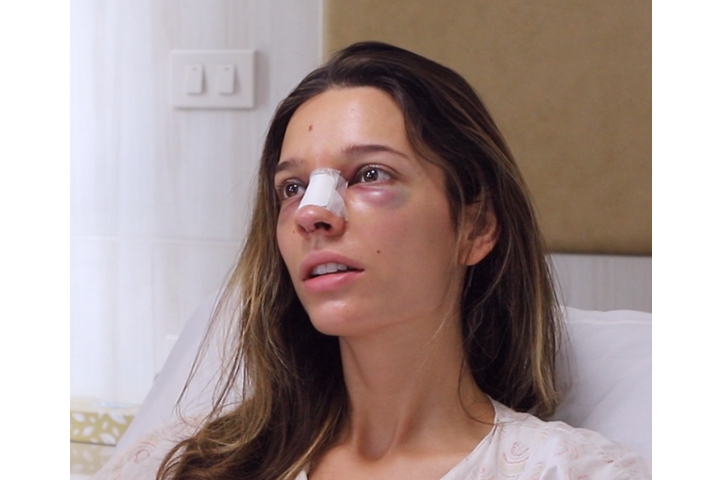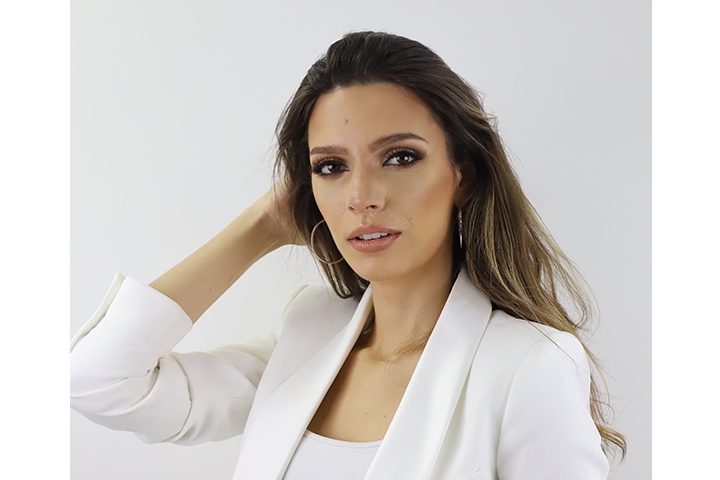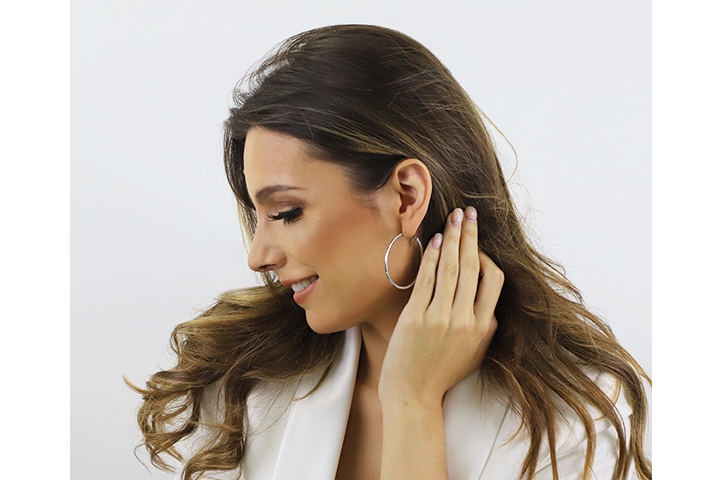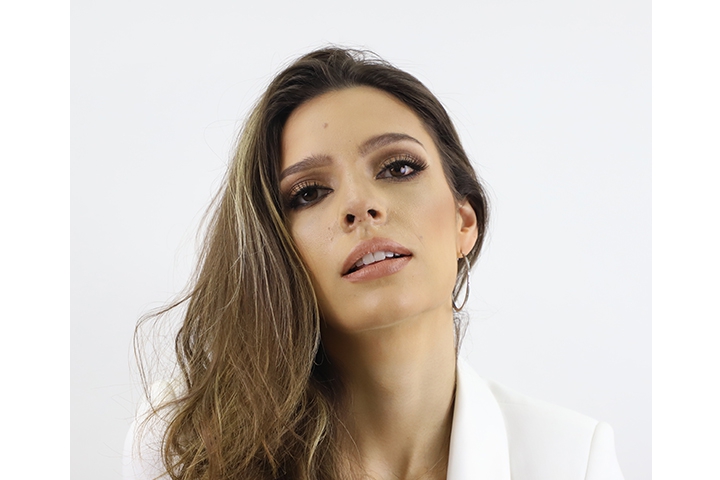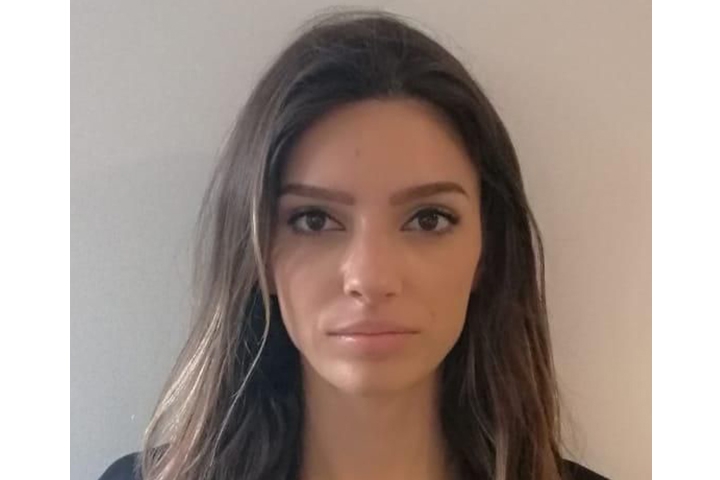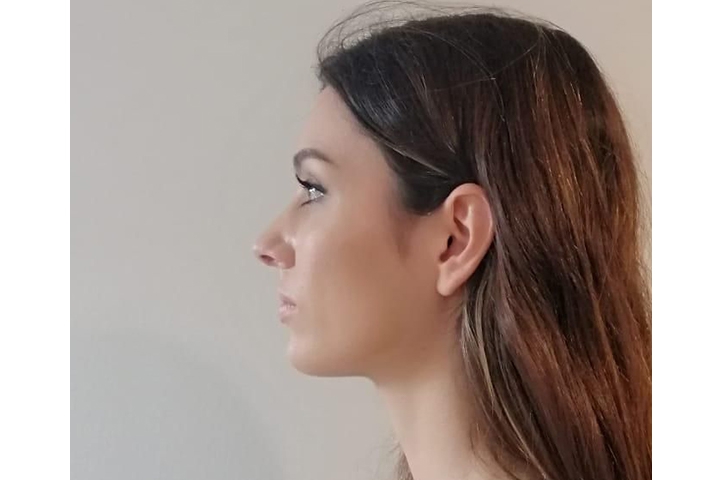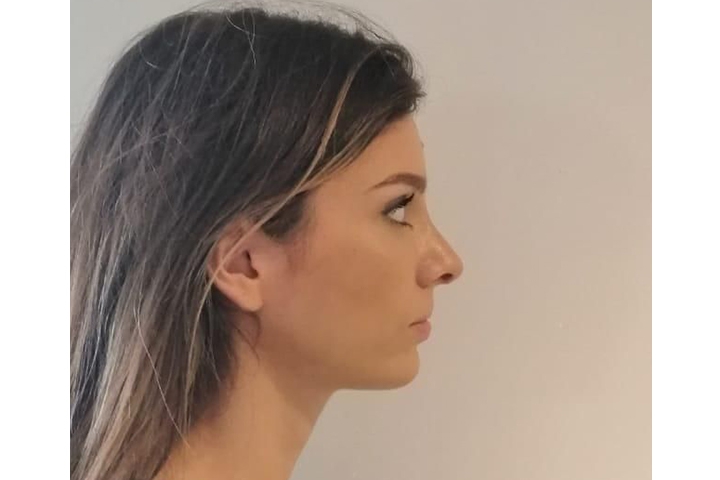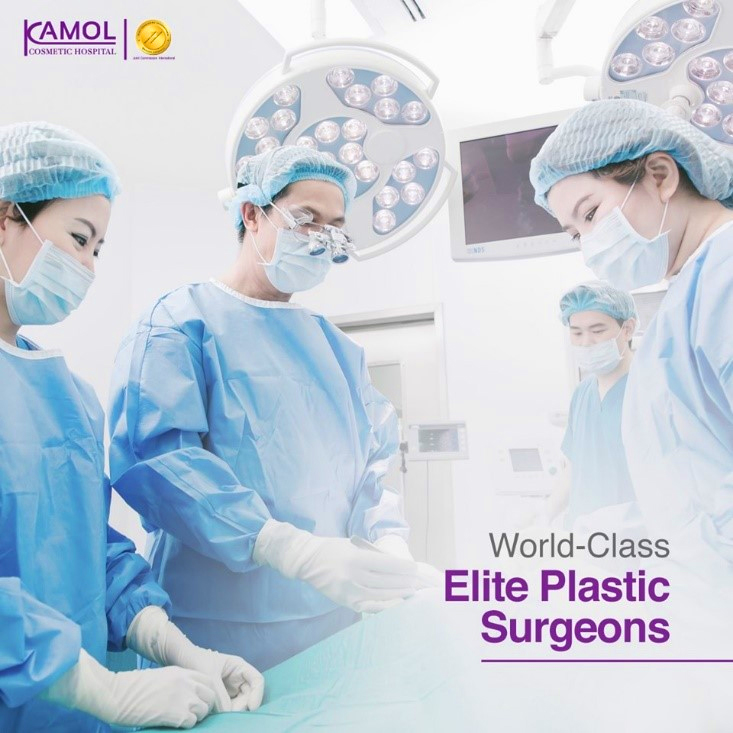Rhinoplasty / Nose Job
Rhinoplasty (Nose Job)
As facial features go the nose is the most prominent, easily distinguishable, and most often the feature most in need of cosmetic improvement. Creating balance, symmetry, beauty and of course function. A beautiful nose is useless if breathing is difficult or impossible. Noses are unique, varying in size and shape greatly. Our talented surgeons, always with an eye of an artist, will create a nose that is not only beautiful, but functional as well.
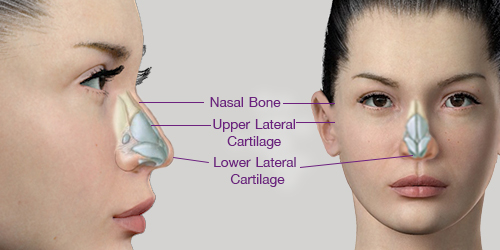
Picture 1. Shows anatomy of the nose
It is important to pick the right surgeon for a Rhinoplasty because although it is the most common surgery performed around the world, it is also extremely technical and difficult. Many people using inexperienced surgeons are unhappy with their results and often need expensive revisions. Our Surgeons have decades of experience and perform thousands of surgeries a year on every type and ethnicity of nose from around the world.
A Good Candidate for Rhinoplasty
- Wants to improve the nose appearance: This is the primary reason why people opt for rhinoplasty. They may want to change the shape, size, or appearance of their nose to better match their facial features or to correct a deformity.
- Physically healthy: In order to undergo any surgical procedure, it is important to be in good health. This includes having a stable medical condition and being able to tolerate the anesthetic and surgical procedure.
- Realistic expectations: It is important for patients to have realistic expectations about the outcome of the surgery. Rhinoplasty can make significant improvements, but it cannot completely change the appearance of the nose. The surgeon will explain the limitations and what can be expected from the surgery.
- Doesn't smoke: Smoking can increase the risk of complications during and after the surgery, such as slow wound healing, infection and poor scarring. Therefore, it is important for the patient to quit smoking before and after the surgery.
- Knows the risk and complications of rhinoplasty well: Like any surgical procedure, rhinoplasty does carry some risks and complications. Patients should be well-informed about these risks and should be willing to accept them before undergoing the surgery. Some possible complications include bleeding, infection, anesthesia reactions, dissatisfaction with the results, and the need for revision surgery. The surgeon will discuss these risks with the patient prior to the surgery and answer any questions they may have.
Additionally, it is important to note that the best candidates for rhinoplasty are adults, as the nose has fully grown and developed by the age of 16. Also, it is highly recommended that patients should be emotionally stable and well-informed about the procedure and its recovery process.
Rhinoplasty techniques
During the procedure, the surgeon will examine the patient's nose and design a new shape that is in harmony with the rest of the face to achieve the desired results. Kamol Cosmetic Hospital offers various types of rhinoplasty such as:
1- Bridge Reduction Rhinoplasty: This procedure is performed under general anesthesia to reduce the height of the nose bridge. The surgeon will make incisions inside the nostrils to access the nasal bones, which will be sculpted to create a more balanced and aesthetically pleasing shape. This type of rhinoplasty can address issues such as a too-high or too-large nose, or an inadequately curved bridge. The surgery typically takes 2-3 hours and patients will need to stay in the hospital overnight. Recovery time is generally around one week.
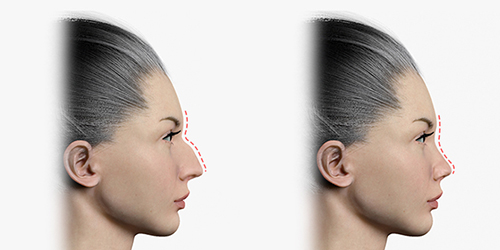
Picture 2. Shows before and after a Bridge Reduction Rhinoplasty.
2- Hump Reduction Rhinoplasty: This procedure is used to reduce a prominent nasal hump, which can give the nose a masculine appearance. Depending on the size of the hump, the procedure can be performed under local or general anesthesia. The incisions are made inside the nostrils to minimize visible scarring. The surgery typically takes 1-2 hours and patients will need to stay in the hospital overnight. Recovery time is generally around one week.
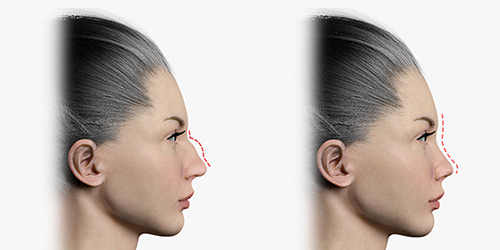
Picture 3. Shows before and after a Hump Reduction Rhinoplasty.
3- Tip Shortening Rhinoplasty: This procedure is used to reduce the length of the nasal tip. The incisions are made inside the nostrils to minimize visible scarring. The surgery typically takes about one hour and is performed under local anesthesia. Patients can return home immediately after the procedure. Recovery time is generally around one week.
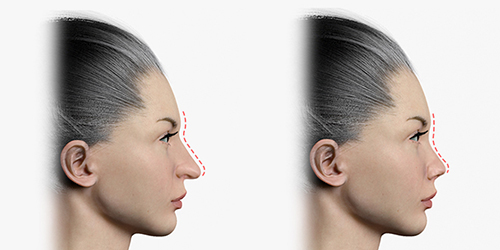
Picture 4. Shows before and after a Tip Shortening Rhinoplasty.
4- Nasal Tip Correction Rhinoplasty: This procedure is used to reshape large, wide, or flat nostrils, to make them look smaller, more attractive, and more feminine. The surgeon will make adjustments to the nose tip, making it slimmer and slightly lifted. This procedure can be performed under local anesthesia. The surgery typically takes about one hour. Patients can return home immediately after the procedure and recovery time is generally around one week.
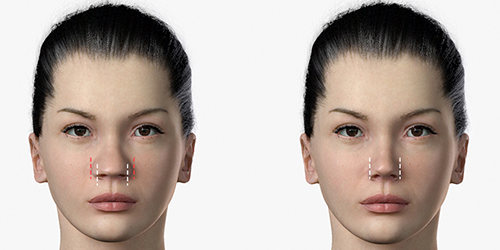
Picture 5. Shows before and after a Nasal Tip Correction Rhinoplasty.
5- Lateral Osteotomy Rhinoplasty: This procedure is used to narrow the sides of the nose, correct an open-roof deformity after hump reduction, and create symmetry by straightening the nasal bone framework. It involves making incisions inside the nostrils to access the nasal bones and reshape them as needed.
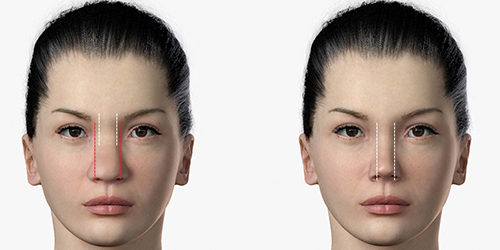
Picture 6. Shows before and after a Lateral Osteotomy Rhinoplasty.
6- Nasal Tip Rotation, Drooping and Ptosis Correction Rhinoplasty: This procedure is used to correct issues with the rotation, drooping or ptosis (sagging) of the nasal tip. It involves making adjustments to the tip of the nose to lift it upward and increase the angle between the upper lip and the edge of the nose. This can be done through incisions inside the nostrils to minimize visible scarring.
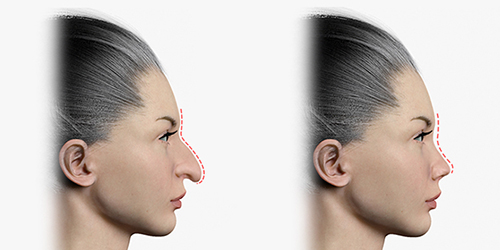
Picture 7. Shows before and after a Drooping Nose Tip Correction Rhinoplasty.
7- Spreading Graft Rhinoplasty: This procedure involves using alar cartilages as a spreader graft to improve functional deficiencies within the nose. This can be done through incisions inside the nostrils to minimize visible scarring. The alar cartilages are taken from the patient's own nose and used to improve the internal structure of the nose, such as to improve breathing. The surgery takes about 2-3 hours. Overnight hospital admission is required. The recovery period is approximately one week.
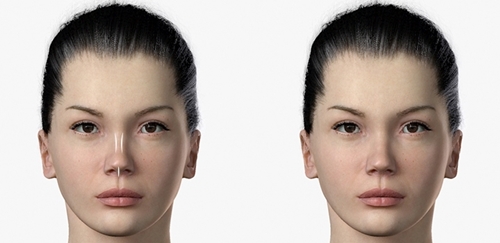
Picture 8. Shows before and after Spreading Graft Rhinoplasty.
8- Septoplasty: This is a surgical procedure to correct a deviated septum, which is the partition between the two nostrils. It is done by straightening the septum, which improves the airflow through the nose and can also help to relieve breathing difficulties. The surgery can be done through incisions inside the nostrils to minimize visible scarring. The procedure typically takes about 1-2 hours, and recovery time is generally around one week.
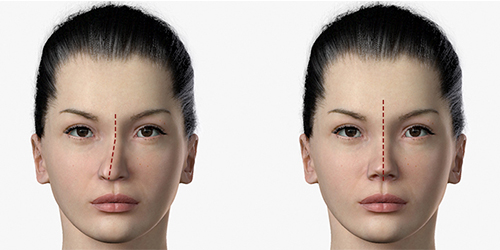
Picture 9. Shows before and after a septoplasty.
9- Perinasal Augmentation Rhinoplasty: This procedure is used to raise the upper nasolabial line, which is the area between the side of the nose and the corner of the mouth. The incision is made inside the mouth and an implant is inserted to fill in sunken wrinkles around the side nostrils, improving the appearance of the area. The procedure typically takes about 1-2 hours, and recovery time is generally around one week.
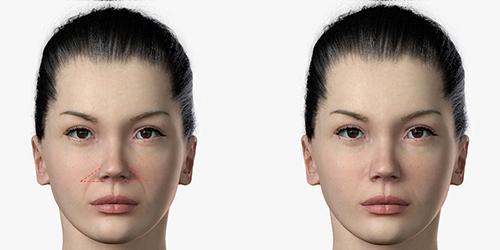
Picture 10. Shows before and after Perinasal Augmentation Rhinoplasty.
10- Alarplasty: This procedure is used to reshape and narrow the nostrils that are excessively wide. The procedure is done by making incisions inside the nostrils, which is done under local anesthesia. The surgery typically takes about 30 minutes, and patients can return home immediately after the procedure. Recovery time is generally around one week. (see more)
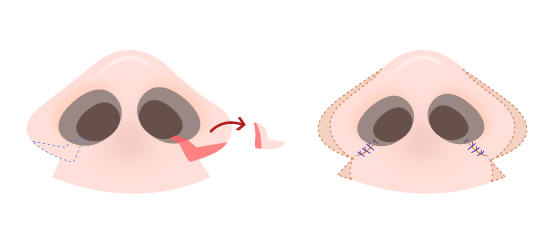
Picture 11. Shows before and after rhinoplasty by alarplasty
Preparing for Rhinoplasty
- Consult with your surgeon to determine if rhinoplasty is an appropriate procedure for you and to discuss your goals for the surgery.
- Undergo a physical examination, blood tests, chest X-ray, and electrolyte tests.
- Have a CT scan if needed.
- Avoid smoking and drinking alcohol at least one week prior to the surgery.
- Inform your surgeon about any medications, vitamins, or herbs that you take, as some of them may interfere with blood clotting and may need to be stopped before the surgery, such as aspirin.
Post-operative Care for Rhinoplasty
- Keep your head elevated to reduce bleeding and swelling.
- Follow your surgeon's instructions for protecting and supporting your nose with a splint, which is usually worn for one week.
- Use a bath instead of a shower while you have bandages on your nose.
- Avoid strenuous activities for at least two weeks after surgery.
- Avoid making extreme facial expressions, such as smiling or laughing.
- Brush your teeth gently to limit movement of your upper lip.
- Do not wear eyeglasses or sunglasses on your nose for at least four weeks after surgery.
- Temporary swelling or bruising can occur for two to three weeks after surgery.
- Do not put anything such as ice or cold packs on your nose after surgery.
- Follow all post-operative instructions and attend all post-operative appointments as instructed by your surgeon.
Risks and Complications of Rhinoplasty:
Like any surgical procedure, rhinoplasty carries certain risks. Although rare, these may include:
- Infection
- Damage to the bones in the forehead
- Facial asymmetry
- Adverse reaction to anesthesia
- Suture rupture along an incision line
- Visible scarring
- Fluid accumulation under the skin (seroma)
- Clotted blood accumulation within the tissues (hematoma)
- Dissatisfaction with the appearance after surgery
- Injury to the facial nerves.
It's important to discuss these risks with your surgeon prior to the surgery to have a clear understanding of the potential complications and how to best manage them.
Recovery:
After the surgery, you will likely have a nasal splint for a few days to protect and support your nose. You may experience swelling and bruising around the eyes, which typically subsides within a week. It is recommended to take at least a two-week break from work to allow for proper healing. Avoid strenuous exercise for at least two weeks. It may take up to four months to see a good idea of the final result, but the final outcome may take up to a year. The reshaping of the nasal structure can make a significant difference in a person's appearance, but it does take time for swelling to fully subside. This is particularly true for revision rhinoplasty, which is why it's important to choose a skilled and experienced surgeon.
Getting to Rhinoplasty / Nose Job
Nose Feminization
Nose Feminization
Septorhinoplasty Revision Surgery
Septorhinoplasty Revision Surgery
Full Rhinoplasty
Full Rhinoplasty
Before & After Revision Rhinoplasty
Reviews Revision Rhinoplasty
Video: Rhinoplasty / Nose Job
Understanding the importance of an experience expert in Rhinoplasty
Rhinoplasty, also known as a nose job, is a surgical procedure that changes the shape and size of the nose. It is important to use an experienced surgeon for this procedure because the nose is a complex and delicate structure that requires precise surgical techniques to achieve the desired results.
An experienced surgeon will have a deep understanding of the anatomy of the nose and the way it relates to the rest of the face. They will also be familiar with the various techniques that can be used to make changes to the nose, and they will know which techniques are best suited to each individual patient's needs.
An experienced surgeon will also have a good eye for aesthetics and will be able to create a natural-looking result that complements the patient's face rather than looking artificial or out of proportion. They will also be able to anticipate and avoid potential complications that can occur during the procedure.
Additionally, an experienced surgeon will have a large portfolio of previous work and can show you examples of the kind of results you can expect from the procedure, this can give you an idea of how the final result will look like.
In summary, an experienced surgeon will have the skill, knowledge, and expertise necessary to perform a safe and successful rhinoplasty procedure that achieves the desired results. It is important to choose a qualified and experienced surgeon to minimize the risk of complications, and to ensure that the final outcome is natural-looking and harmonious with the rest of the face.
Kamol Hospital is considered an expert in rhinoplasty for several reasons. Firstly, the hospital has a team of highly skilled and experienced surgeons who specialize in this procedure. These surgeons have extensive training and experience in performing rhinoplasty, and they have a deep understanding of the anatomy of the nose and the various techniques that can be used to make changes to it.
Secondly, Kamol Hospital has state-of-the-art facilities and equipment that allow for safe and precise surgical procedures. This includes advanced imaging technology that allows for accurate planning of the procedure, as well as surgical instruments and techniques that allow for minimal scarring and a faster recovery time.
Thirdly, Kamol Hospital has a reputation for achieving natural-looking results that complement the patient's face. The surgeons at Kamol Hospital are skilled in creating a result that is in harmony with the rest of the face, and they understand the importance of achieving a balance between form and function.
Finally, Kamol Hospital provides patients with comprehensive care and support throughout the entire process, from initial consultation to post-operative follow-up. This includes pre-operative and post-operative care and a range of services to support patients during the recovery process.
Overall, Kamol Hospital's combination of experienced surgeons, state-of-the-art facilities, and commitment to patient care make it a leading expert in rhinoplasty.
Why Kamol Cosmetic Hospital is the destination for Revision Rhinoplasty / Nose Job?
At Kamol Cosmetic Hospital, we understand the importance of a well-crafted nose in facial aesthetics. Rhinoplasty is a highly skilled procedure that requires a great deal of precision, attention to detail, and artistry. Our team of surgeons are highly skilled and experienced in performing rhinoplasty, led by Dr. Kamol Pansritum who has performed over 10,000 cases. Our team includes professional plastic surgeons, maxillofacial surgeons, dentists, and other specialists who work together to create and reshape noses perfectly.
We analyze the overall face and facial parts such as the forehead, eyebrows, eyes, cheekbones, nose, chin, jaw, etc. and make artistic illustrations and plan the surgery by considering proportion, angle, and harmony in each facial part to achieve an attractive and harmonious appearance. Our clients are satisfied with the results.
We are proud to have one of the most talented and experienced teams in the world and have become a top destination for rhinoplasty with consistently good results and satisfied clients. Our hospital is accredited by the Joint Commission International (JCI), a prestigious global healthcare organization, and we prioritize the total safety, security, and privacy of every patient.


